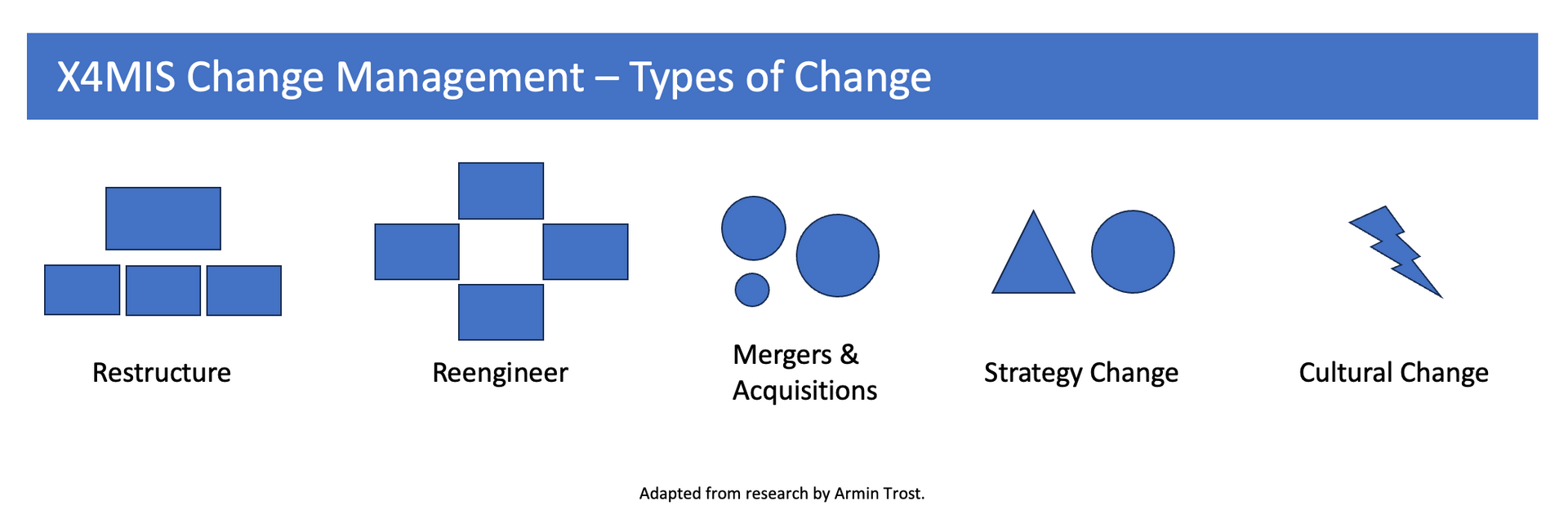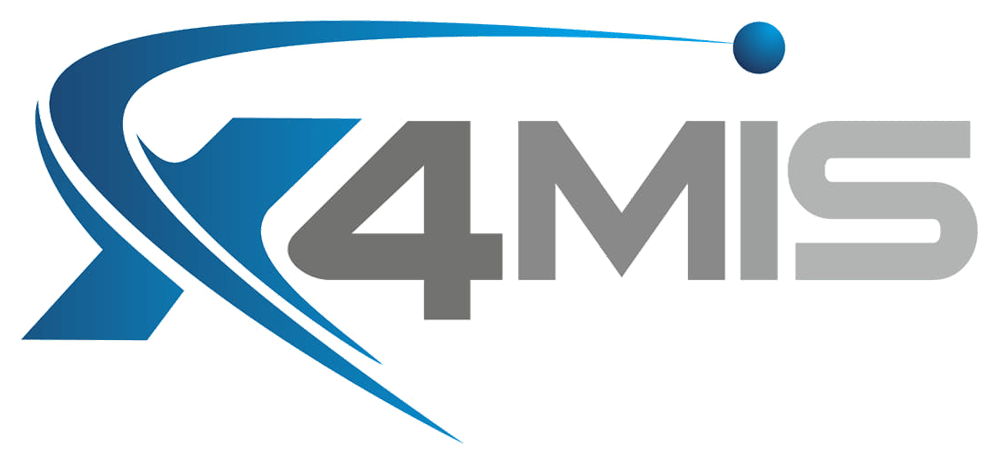Understanding the Types of Change
Types of Organisational Change.

Understanding the Types of Business Change.
Business change is caused due to a shift in the underlying internal and external forces on a business. A change in one or more of these forces cause strategic changes which are executed and implement through various projects and change initiatives. Trost provides a structured framework to categorise the types of business Change:
1. Organizational Restructure:
Restructuring refers to a systematic alteration in the foundational organisation structure. This can encompass modifications in hierarchies, departmental reconfigurations, or variations in reporting paradigms. From a Change Management perspective, the challenges here are twofold: Facilitating optimal transitional phases for personnel and ensuring stability in organisational culture throughout the transformation.
Key Facets of Organizational Restructure:
- Hierarchical Modifications: This involves changes in leadership roles, reporting relationships, and authority structures. Such shifts often arise due to strategic decisions or management reevaluations.
- Departmental Reconfigurations: Businesses, in their bid to adapt, may merge departments, divide them, or even introduce entirely new ones. This reshaping could stem from a need for specialisation, centralisation, or decentralisation.
- Variations in Reporting Paradigms: Altering who reports to whom and how they do so can affect communication channels, decision-making processes, and overall efficiency.
From a Change Management perspective, the act of restructuring presents critical challenges:
- Transition Management: Ensuring that employees, both those affected and unaffected by the restructure, understand the reasons behind the shift, their new roles, and the benefits and alignement to the stategic direction. This clarity minimises anxieties and ensures minimal disruptions and organisation dysfunction.
- Cultural Consistency: A restructure can risk fragmenting the organisation's culture. Change has to ensure that the core values, ethos, and cultural pillars of the organisation remain intact and, if necessary, evolve cohesively to align to the new ways of working.
Example: Transitioning from Function-Based to Product-Based Structure
Consider a tech company, traditionally organised around functions: a software department, a hardware department, a sales department, and a customer support department.
To foster innovation and speed up product development, the company decides to restructure from a function-based to a product-based organisational structure. Now, instead of having separate departments based on functions, they establish product-focused teams. Each team is responsible for a specific product and comprises members from software, hardware, sales, and support. This ensures that each product has a dedicated, holistic team, driving it from conception to sales to after-sales support.
2. Process Reengineering:
Beyond mere procedural adjustments, reengineering represents a comprehensive redesign of existing processes to enhance efficiency and align with contemporary objectives. As Business Process Reengineering (BPR) gains traction, there's a pressing need for HR systems to ensure that the workforce is equipped with the skills and tools necessary to integrate these redesigned processes, thereby promoting operational efficiency.
3. Mergers & Acquisitions (M&A):
M&As, while prominent in their potential for organisational growth, introduce complex challenges, especially in the integration phase. Key concerns include the synthesis of different organisational cultures, the alignment of operational values, and ensuring unambiguous communication channels. HR methodologies must be agile and robust to manage the intricate dynamics of merged or acquired entities.
4. Strategy Change:
A shift in organisational strategy can arise due to myriad reasons, such as evolving market scenarios, leadership transitions, or recalibrated organisational visions. Such shifts necessitate the alignment of personnel roles, responsibilities, and objectives with the newly adopted strategy. This demands an interdisciplinary approach where strategic management and HR systems collaborate to ensure congruence between strategic aims and workforce efforts.
5. Cultural Change:
Among the most nuanced types of organisational change, cultural transformations delve into the ethos and intrinsic values of an organisation. Be it championing inclusivity, pioneering innovation, or transitioning from a stratified to a more democratic structure, cultural change demands a meticulous approach but is not always right for all organsiations. Change Managers must understand the systems and must be equipped with tools and methodologies to lead the changes while delivering the organisation's foundational values.
Compose the Change
Browse by Categories

Free On-Line Change Management Methodology that enables individuals and organisations, especially those previously without access to effective change management programmes, to deliver more effective community and country programmes which improve prosperity and save lives.
QUICKLINKS
TRAINING LINKS
LATEST POSTS




